A melting ice patch in the Rocky Mountains uncovered an ancient forest, and these trees have stories to tell about dynamic landscapes and climate change.


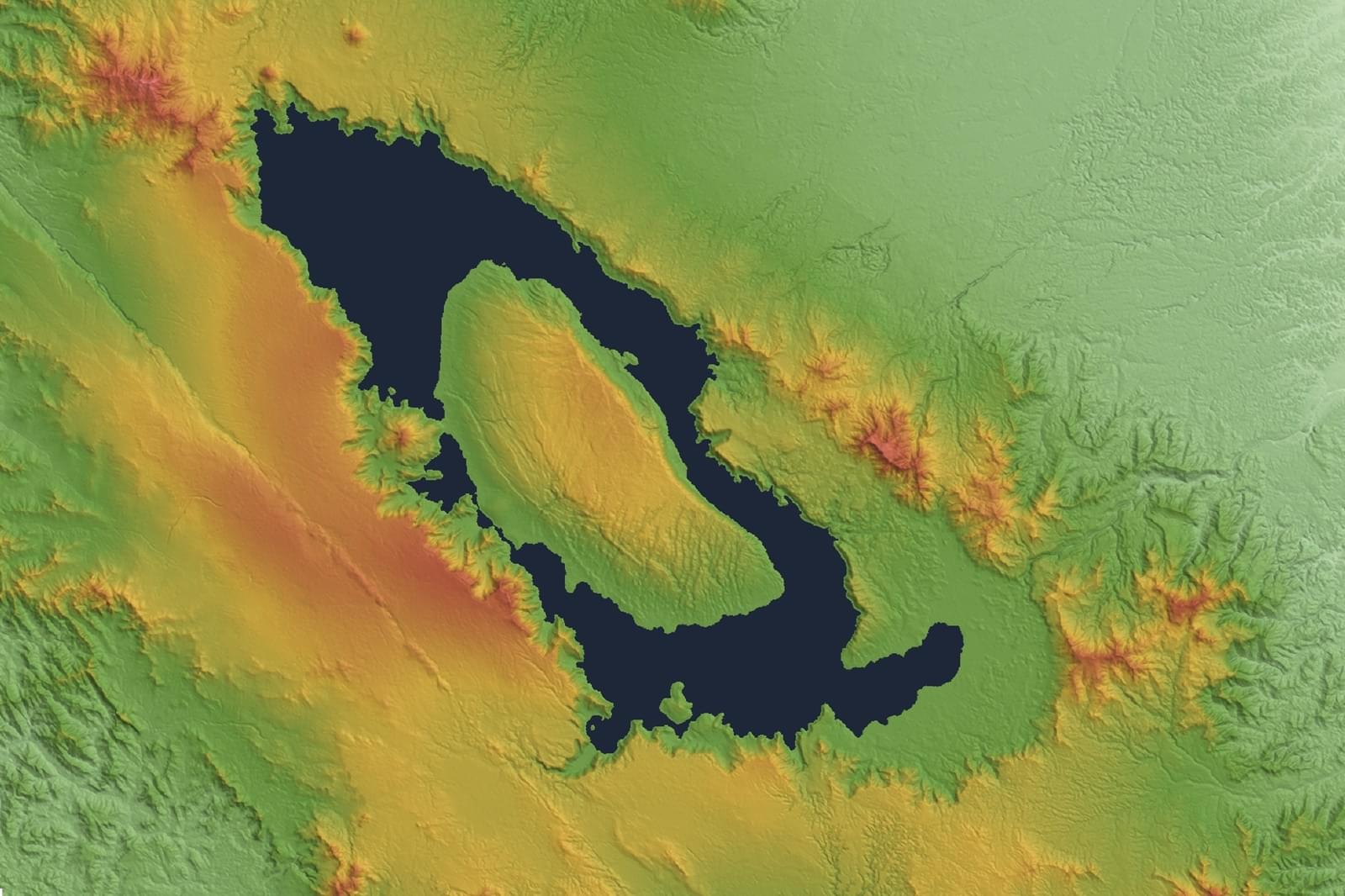
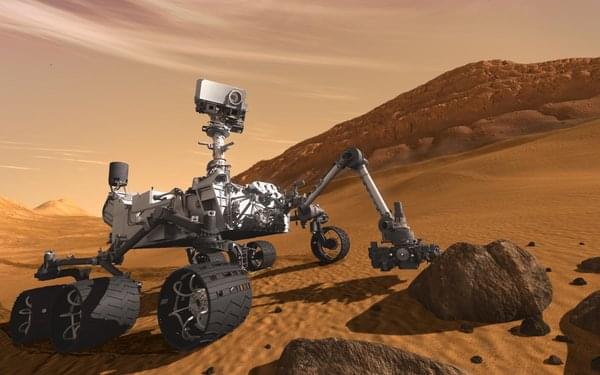
Researchers have discovered two sets of ancient wave ripples on Mars, signatures of long-dried bodies of water preserved in the rock record. Wave ripples are small undulations in the sandy shores of lakebeds, created as wind-driven water laps back and forth. The two sets of ripples indicate the former presence of shallow water that was open to the Martian air, not covered by ice as some climate models would require.
Ripples are one of the clearest indicators of an ancient standing body of water that can be provided by the geologic record. The team estimates that the ripples formed around 3.7 billion years ago, indicating that the Martian atmosphere and climate must have been warm and dense enough to support liquid water open to the air at the time.
The research is described in a paper appearing in the journal Science Advances. Caltech’s John Grotzinger, Harold Brown Professor of Geology, and Michael Lamb, professor of geology, are principal investigators on the study.

Trees need a certain number of warm days in their growing seasons to grow properly; otherwise, the cell walls of new growth don’t lignify properly, creating blue rings that appear when wood samples are dyed.
Since trees and shrubs can live for hundreds of years, identifying these blue rings allows us to spot cold summers in the past. By looking at pine trees and juniper shrubs from northern Norway, scientists identified two extremely cold summers in 1902 and 1877, possibly caused by the eruptions of Mount Pelée on the island of Martinique and Cotopaxi in Ecuador.
“Blue rings look like unfinished growth rings, and are associated with cold conditions during the growing season,” said Dr. Agata Buchwal of Adam Mickiewicz University, Poland, lead author of the article in Frontiers in Plant Science.

New research using climate models provides fascinating insights into how environmental conditions influenced the evolution and migration of early humans.
One study uses deep-sea sediment cores to trace the climatic factors that enabled or hindered hominin settlement in Europe, while another study explores the interbreeding opportunities between Neanderthals and Denisovans due to shifting climates. These findings not only enhance our understanding of human history but also underscore the impact of long-term climatic changes on human habitats and interactions.
Climate Modeling and Hominin Evolution.
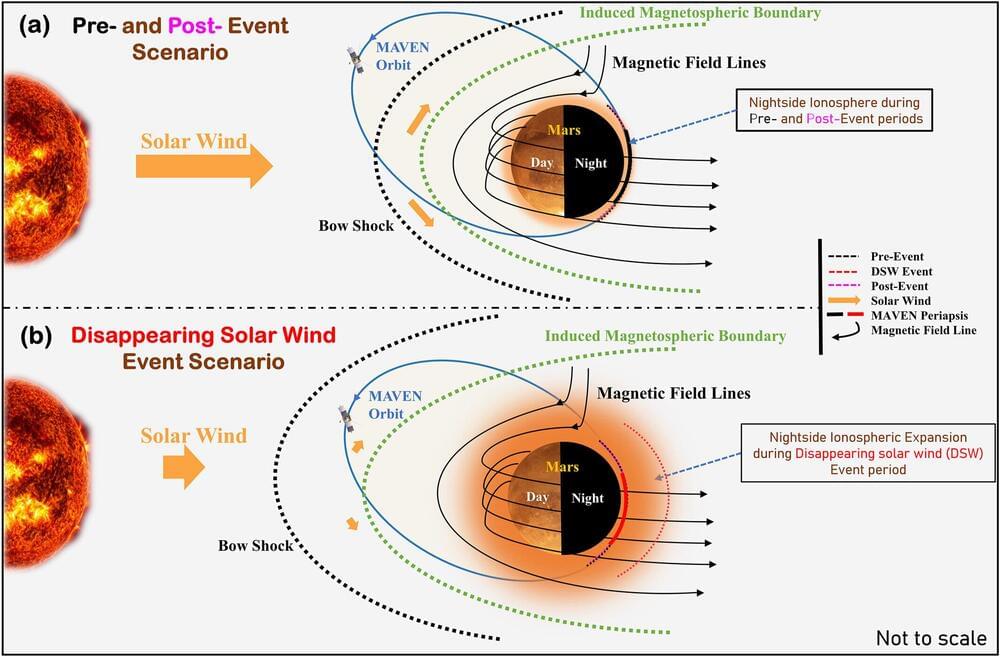
Mars’s atmosphere and climate are impacted by interactions with solar wind, a stream of plasma comprised of protons and electrons that flows from the sun’s outermost atmosphere (corona), traveling at speeds of 400–1,000 kilometers per second.
As these charged particles interact with the planet’s magnetic field and atmosphere, we may see spectacular auroras over polar regions on Earth. Given Mars’s lack of a global magnetic field, auroras here are instead diffused across the planet.
However, sometimes this solar wind can “disappear” in rare events when there is a gap in the solar wind path as the sun increases its solar activity. This occurs when a faster portion of solar wind overtakes a slower one in a corotating interaction region and incorporates it, leaving a lower-density void in the solar wind path.
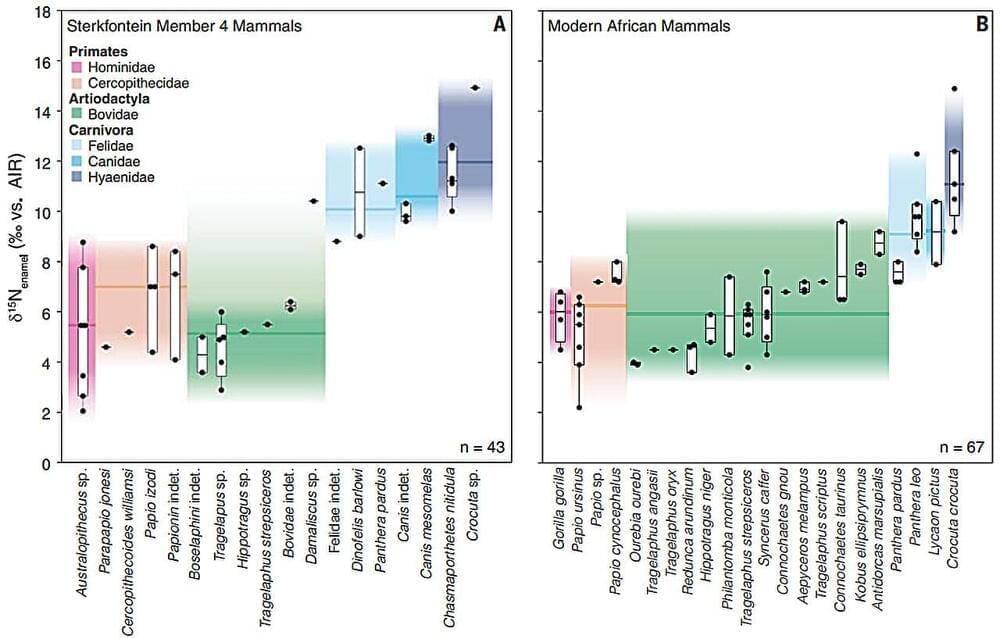
A team of climate geochemists at the Max Planck Institute for Chemistry, University of the Witwatersrand and Princeton University has found evidence that early hominins living in South Africa ate a mostly vegetarian diet. In their study, published in the journal Science, the group conducted isotopic analysis of fossilized teeth found in the region looking for evidence of meat consumption.
Over the past several decades, scientists have been looking for historical evidence to explain why humans developed characteristics such as an upright posture and large brains. One theory suggests that such characteristics may have arisen due to a switch from a vegetarian diet to carnivory. In this new effort, the research team tested this theory by analyzing fossilized teeth of hominins in South Africa approximately 3.5 million years ago.
The researchers conducted an analysis of the nitrogen and carbon isotopes bound to the tooth enamel of 43 fossilized teeth, all of which had been found in South Africa’s Sterkfontein caves. Seven of the sample teeth were from Australopithecus africanus, and the remainder were from five other mammalian families. They then did the same with teeth from several modern species, both meat eaters and vegetarians.

The air we breathe can have profound effects on our physical and mental health. Is there any way of protecting yourself from this pervasive problem?
All but 1% of the world’s population is exposed to unhealthy air that exceeds World Health Organization (WHO) limits for pollutants. In parts of the world, air quality has rapidly improved through policies that aim to limit pollution. But elsewhere, gains in air quality are at risk of being lost.
More than 25% of the US population is exposed to air considered “unhealthy” by the Environmental Protection Agency (EPA), according to a report by the climate non-profit First Street Foundation. By 2050, the number of people exposed to “unhealthy” days is set to increase by more than half. The worst days of air pollution (“hazardous” or maroon, under the EPA’s system) are expected to rise by 27%.

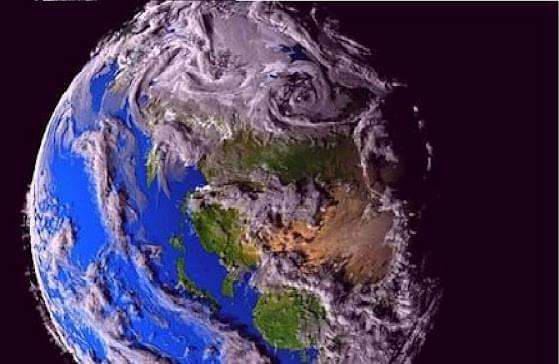
Do planets have intelligence? That seems to be the main idea behind a new hypothesis put forth by astrobiologists: that planets are also intelligent beings. This thought experiment is based on the idea that planets like Earth have undergone changes due to the collective activity of life, such as that of microorganisms or plants, which has given them the ability to develop a life of their own.
The research, which was published in the International Journal of Astrobiology, establishes a framework for evaluating a planet’s intelligence. To think of intelligence in terms of an intergalactic body rather than sentient creatures like humans is a startling prospect. But in a way, a planet can have a “green mind ”; this paradigm offers fresh perspectives on how to deal with crises like climate change and technological upheaval.
The researchers defined planetary intelligence as cognitive activity and knowledge operating on a large planetary scale. We know intelligence as a concept describes individuals, collective groups, even the curious behaviors of viruses or molds. The underground networks of fungi, for instance, are the breathing life of forests; they form a life system that recognizes changing climate conditions and actively respond to them. These things profoundly alter the condition of the entire planet.